All types of colored pencils explained and compared

Colored pencils, widely celebrated for their versatility, have carved out their space in every artist's toolkit.
Each type - from wax-based to oil-based, watercolor, and pastel pencils - possesses unique characteristics and advantages, offering diverse creative possibilities.
In this guide, we'll traverse through the wonderful world of these four types of colored pencils. So, let's get started!
Wax-Based Colored Pencils
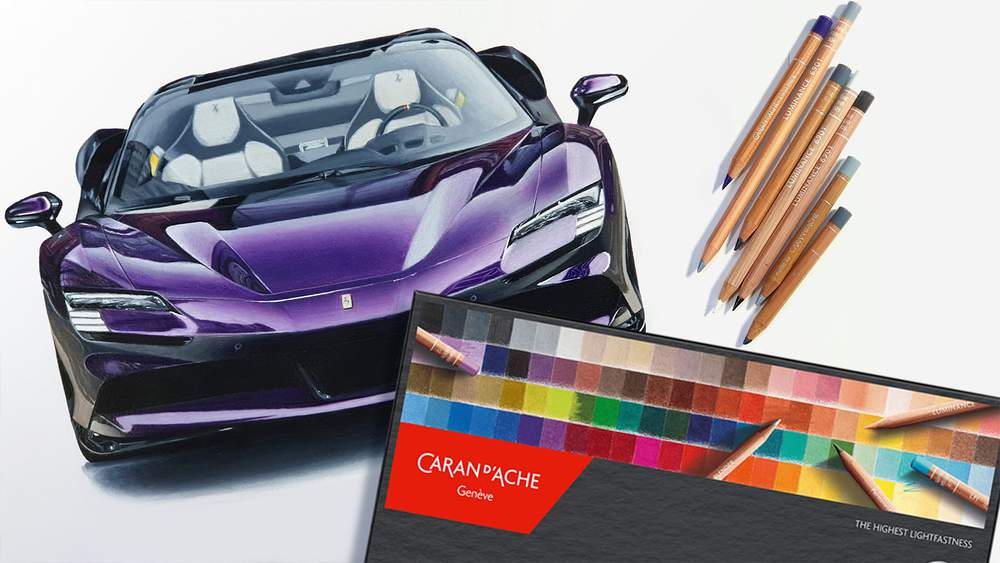
Wax-based colored pencils, as the name suggests, have a core made up of a colored pigment, binding agents, and wax. This composition makes them a popular choice among artists, particularly for their smooth application and vivid color palette.
These colored pencils are renowned for their smoothness and blending ability. They lay down color easily, enabling artists to build up layers of color for a rich, deep effect.
However, due to their softer core, they might require more frequent sharpening compared to other types.
Numerous brands offer quality wax-based colored pencils. Some of the popular ones include:
- Prismacolor Premier: Known for their superior blending capabilities and a wide array of vibrant colors.
- Caran d'Ache Luminance: These pencils stand out for their lightfastness, ensuring your artwork retains its color over time.
- Derwent Coloursoft: Renowned for their soft, velvety texture, these pencils deliver a rich color payoff.
Embrace the world of wax-based colored pencils, and you'll find yourself rewarded with an enhanced level of creativity and artistic expression.
Oil-Based Colored Pencils

Oil-based colored pencils consist of a core made from colored pigments, binding agents, and oil. Unlike their wax-based counterparts, the oil binder gives these pencils a different set of attributes that many artists find appealing.
Oil-based colored pencils have a harder core than wax-based pencils, resulting in a finer point that holds its shape longer. This makes them perfect for detail-oriented work or techniques requiring crisp, sharp lines.
They offer smooth coverage and excellent lightfastness, which helps maintain the vibrancy of the artwork over time. Moreover, these pencils don't produce a wax bloom, unlike some wax-based colored pencils.
Several brands have made their mark in the realm of quality oil-based colored pencils:
- Faber-Castell Polychromos: Known for their high-quality pigments, these pencils offer unmatched lightfastness and smooth color laydown.
- Derwent Lightfast: As the name implies, these pencils are extremely resistant to light, ensuring your art's longevity.
- Derwent Chromaflow: These pencils are praised for their smooth flow and vibrant colors, ideal for creating striking pieces.
Discover the joy of working with oil-based colored pencils and their unique attributes to create stunning pieces of art.
Watercolor Pencils

Watercolor pencils, also known as aquarelle pencils, are a hybrid between colored pencils and watercolor paints.
They contain a water-soluble binder that dissolves when water is applied, turning pencil strokes into a fluid wash, much like traditional watercolors.
Watercolor pencils provide a unique duality in art creation - they can be used dry like regular colored pencils for detailed work and precision, or they can be washed over with a wet brush to create stunning watercolor effects.
This flexibility allows artists to experiment with a variety of techniques in a single piece.
They're excellent for blending and creating gradients, and their water solubility allows for watercolor-like finishes.
A few popular brands known for their quality watercolor pencils are:
- Caran d'Ache Museum Aquarelle Pencils: These pencils are renowned for their superior solubility and high pigment concentration.
- Faber-Castell Albrecht Durer: These are considered top-tier due to their excellent lightfastness and vibrant color range.
- Derwent Inktense Pencils: Unique in their intensity, these pencils, when mixed with water, can mimic the vibrancy of ink.
With watercolor pencils, you have an entire palette of watercolor paints in a portable, easy-to-use form. Enjoy the thrill of merging drawing and painting techniques in one versatile medium.
Pastel Pencils
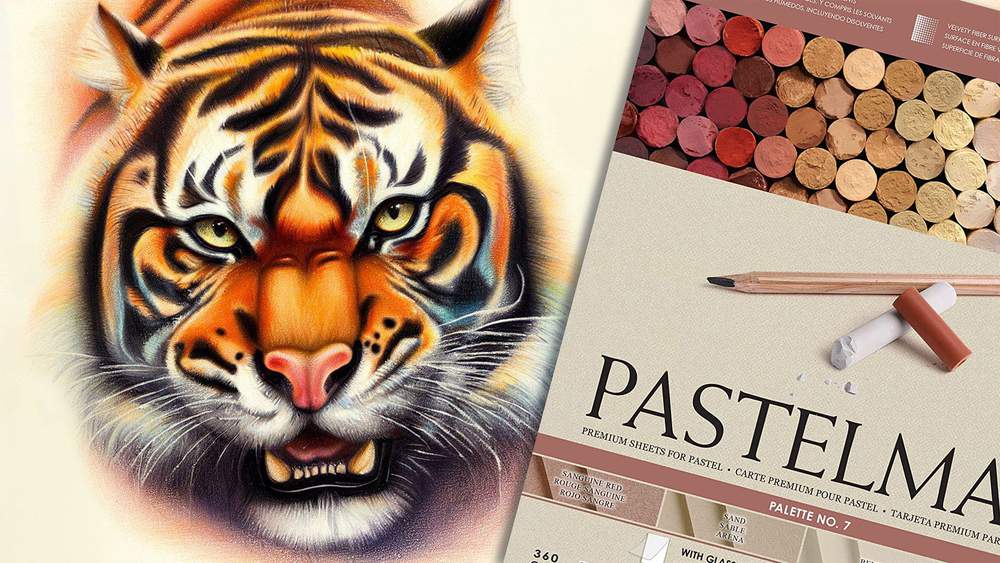
Pastel pencils, like their stick counterparts, consist of pure powdered pigment and a minimal amount of binder.
However, these pigments are encased in wood, much like a traditional pencil, which provides a level of control and precision that's harder to achieve with pastel sticks.
Pastel pencils offer the beautiful color and texture of pastels with the convenience and control of pencils. They deliver vibrant color, are perfect for blending, and can achieve a range of effects from soft smudges to fine details. They're particularly loved for their velvety texture and the capacity to create both subtle shades and intense hues. Moreover, they're great for layering and can be used in combination with soft and hard pastels.
There are several notable brands known for their quality pastel pencils:
- Faber-Castell Pitt Pastel Pencils: These pencils are appreciated for their high pigment concentration, vibrant colors, and excellent lightfastness.
- Caran d'Ache Pastel Pencils: Noted for their exceptional softness and silky texture, these pencils deliver a smooth color laydown.
- Derwent Pastel Pencils: Derwent's pencils are known for their easy blendability and wide range of colors.
Whether you're an accomplished artist or a beginner, pastel pencils can add a new dimension to your art, allowing you to experiment with both detail and broad color sweeps.
Oil-Based vs. Wax-Based Colored Pencils
Oil-based colored pencils, with their harder cores, are well-suited for techniques requiring precision and fine detailing. They have often excellent lightfastness and they are less prone to wax-bloom.
Wax-based colored pencils shine in their ability to layer and blend colors. Their softer core allows for easy color laydown, covering every single white spot of the paper.
Both oil-based and wax-based pencils can blend beautifully, but they offer different effects. Wax-based pencils tend to provide a smoother blend due to their softness, while oil-based pencils may give a more textured look.
Choosing between oil-based and wax-based colored pencils often comes down to personal preference and the desired outcome.
Wax-based pencils might be preferable for work that involves heavy layering and blending, while oil-based pencils could be ideal for intricate, detail-oriented work.
You can read more about the differences between wax-based and oil-based colored pencils in this article I wrote.
Watercolor Pencils vs. Colored Pencils

Watercolor pencils offer a distinct duality in art creation - they can be used dry for precise work or with water for beautiful watercolor effects. This makes them highly versatile and an excellent choice for blending, gradients, and easy corrections due to their water solubility.
Traditional colored pencils, whether wax-based or oil-based, offer vibrant color and excellent control. They're superb for layering and blending.
While both types of pencils can deliver vibrant colors, the application of water to watercolor pencils can create a range of effects, from transparent washes to intense, bright colors.
Traditional colored pencils, on the other hand, offer a more consistent color intensity, but with the ability to layer and blend for varied effects.
Watercolor pencils can be used in various ways - sketching and wetting, dipping and drawing, and layering with water for blending. Traditional colored pencils, however, excel in dry techniques like layering, burnishing, and blending.
But you can also use solvents to blend colored pencils to give them a watercolor-like finish.
If you'd like to know more about these differences, check out this article comparing watercolor pencils with regular colored pencils.
Colored Pencils vs. Pastel Pencils

Colored pencils, known for their precision and control, offer vibrant, intense colors. They're excellent for layering and blending, and their permanence allows artists to create lasting artworks.
Pastel pencils deliver the soft texture and beautiful color of pastels with the convenience and control of a pencil. They excel in creating both subtle shades and intense hues, and their blendability is exceptional.
While colored pencils can provide rich, saturated colors, pastel pencils often offer even greater color intensity due to the high proportion of pigment.
Pastel pencils give a unique velvety texture compared to the smoother finish of colored pencils.
Both can blend beautifully, but pastel pencils allow for softer, more seamless transitions.
The choice between colored and pastel pencils often depends on the desired artistic effect and the subject matter.
Colored pencils are excellent for detailed, intricate designs and realism due to their precision, while pastel pencils can create impressive effects in portraits, landscapes, and impressionistic pieces because of their intense color saturation and softness.
If you want to know about the differences between regular colored pencils and pastel pencils make sure to check out this article.
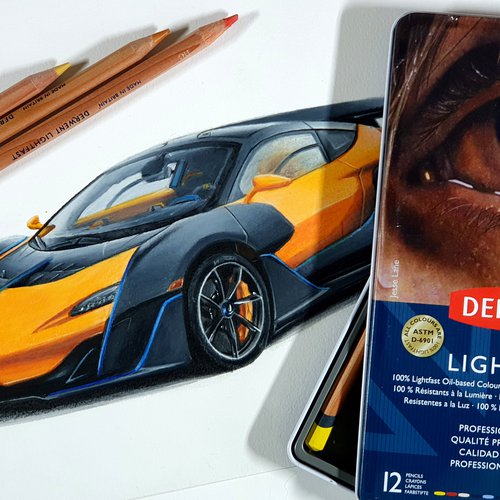

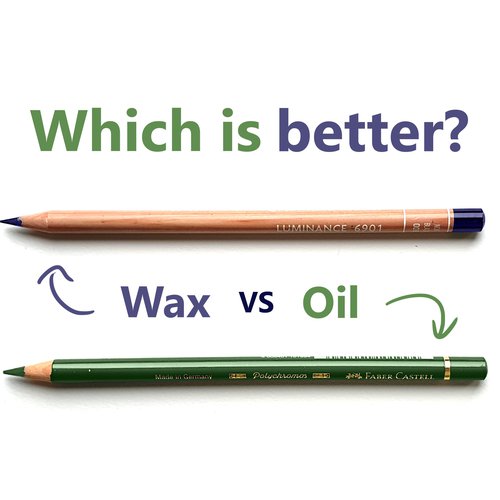
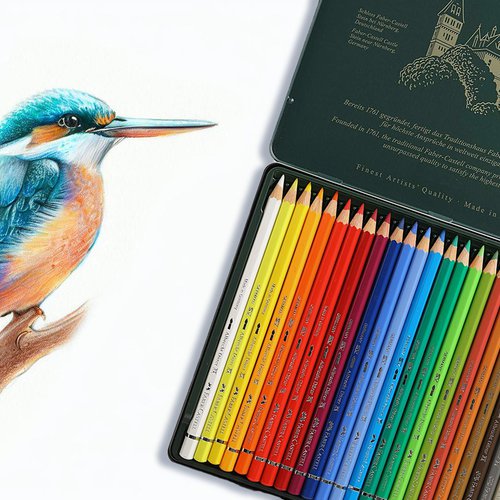

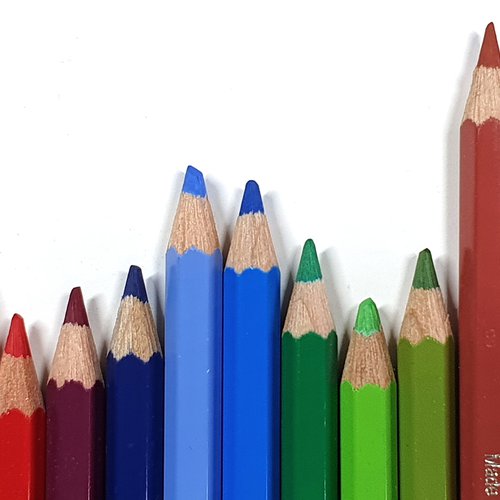



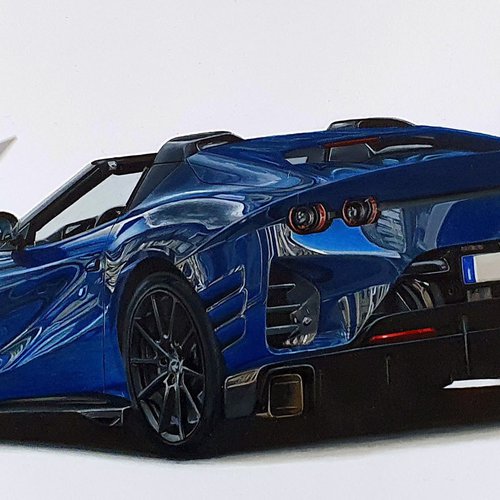




Be the first to comment!
Comments
There are no comments yet.